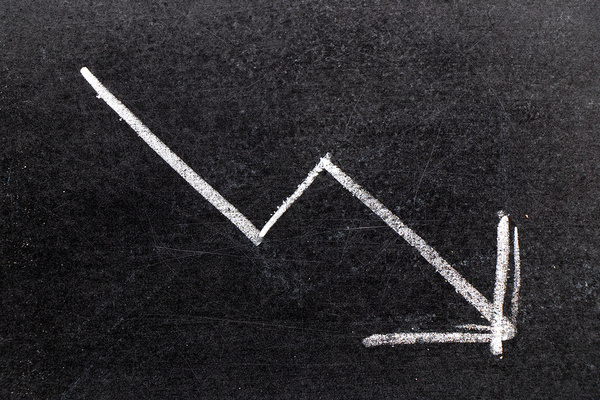View Sale Announcement Detail


Archived news
EXCERPT: With defaults low thanks to lower interest rates, distressed debt continues to dwindle. Now is the time for banks to sell before any turn in the economy.
 Distressed debt rates are down, leaving investors with fewer deals to be had.
Distressed debt rates are down, leaving investors with fewer deals to be had.
With a continued low-interest rate environment extending for over a decade since the financial crash, the number of companies finding themselves unable to keep up with their loans seem to be dwindling. And that means the amount of distressed debt in the US - and therefore the opportunity to capitalize on a good deal for investors - is also disappearing.
The US distress ratio has dropped for a seventh straight time, sending the share of bonds trading over 1,000 bps over the Treasury rate to a mere 5.2 percent, the lowest level seen in over three years. Speaking in dollar figures, that's the equivalent of only $48 billion, not much more than the almost-four-year low of $46 billion from April 2019.
There aren't that many opportunities in the leveraged loan area, either. Only 0.56 percent of the share of loans in the S&P/LSTA Leveraged Loan Index is trading at less than 70 cents on the dollar as of the end of May, which is the level typically associated with distress and high risk of default. That's the lowest level since the end of 2014.
Distressed debt are loans to companies that are underperforming, in a short term downturn, in bankruptcy or close to it. With too much debt to maintain operations, many businesses end up failing. But while the companies themselves may be ailing, there are plenty of investors in the background waiting to buy distressed debt in an effort to get a good deal and control these companies should they reach bankruptcy, work out the debt as they recover or obtain hard assets by foreclosure.
In the majority of scenarios, investors can buy distressed debt at a discount relative to what it’s worth. The sellers are motivated to remove non or underperforming assets from their books, obtain cash more quickly and release capital. The buyers are looking to put investment dollars to work for yield. And the yields they will buy to today are at all time lows, which means prices are high and competition for these loans are keen.
 Low interest rates have resulted in fewer defaults among companies, thereby reducing distressed debt.
Low interest rates have resulted in fewer defaults among companies, thereby reducing distressed debt.
Investors who are looking for distressed debt to buy these days may find something in the retail and cosmetics industries, where the delinquency rates recently reached 24 percent and 32 percent, respectively, both of which are post-economic crisis highs. Many investors have a long term view and turnaround experience which can be a benefit to the borrowers, when a new owner of the debt is established.
Based on the current distressed debt market, banks are clearing out criticized assets at record prices. That said, well-secured assets can sell at par and above.
In fact, Garnet Capital has recently closed five deals at high prices, and investor appetite is hungry for more. But these recent deals only scratch the surface on the amount of success and experience we have in closing deals like these, as well as others. Now is the time to sell before any changes late in the cycle recovery.
Sign up for our newsletter today.
Garnet Capital Advisors 500
Mamaroneck Avenue, Harrison, NY 10528
(914) 909-1000
info@garnetcapital.comGarnet Capital Advisors 500
Mamaroneck Avenue, Harrison,
NY 10528
(914) 909-1000